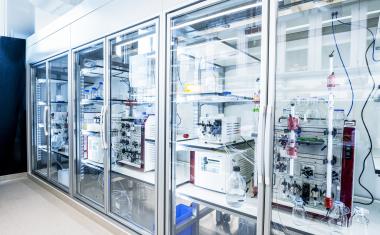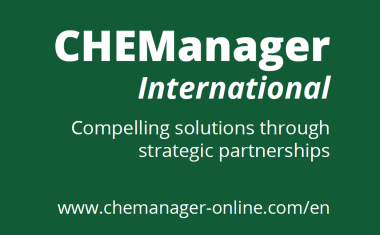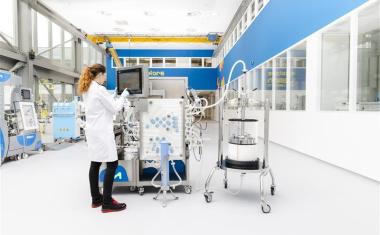Expert Statement: Felix Thalmann, CEO, Büfa Group
CHEManager asked executives and industry experts to share their views on the prospects for the chemical distribution sector.
The chemical distribution business is a diverse industry that provides customized solutions for important sectors such as pharmaceuticals, paints & coatings, agriculture, cosmetics, food & feed, and automotive. At the center of the supply chains of these sectors, distributors are critical partners for global corporations as well as for SMEs. This role has become particularly obvious and relevant during the corona crisis. But distributors also face many challenges in the aftermath of the pandemic and the current political and economic environment.
CHEManager asked executives and industry experts to share their views on the prospects for the chemical distribution sector. We proposed to discuss the following aspects:
- What, in your opinion, are the most important lessons learned after two years of operating in a pandemic environment?
- What will be the most important short- and long-term challenges facing the sector?
- How do chemical distributors support the chemical industry on its path toward carbon neutrality?
Felix Thalmann: In order to achieve the goals of climate neutrality and the transformation to a circular economy, Büfa has already evaluated many of its products with the Product Carbon Footprint. This allows us to measure a product’s contribution to climate change along its entire life cycle and creates transparency about the associated greenhouse gas emissions. We see ourselves as an important link between the producer and our customers, enabling them to make environmentally conscious purchasing decisions.
“We see ourselves as an important link between the producer
and our customers, enabling them to make environmentally
conscious purchasing decisions.”
In addition, we look at the issue of energy from three perspectives. First, we save energy, for example by optimizing logistics routes, avoiding business trips by using video conferencing, or by offering mobile working. Second, we are increasing our energy efficiency by installing new equipment and modern building engineering in our operations or by consistently converting our entire vehicle fleet to electric cars. And thirdly, we are making growing use of renewable energies by supplying all our sites with electricity from regenerative sources or installing photovoltaic systems at our sites ourselves.


















